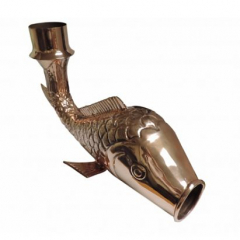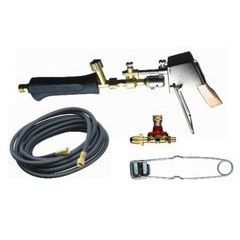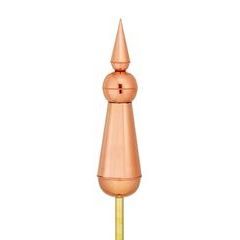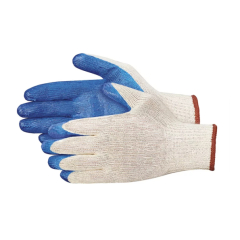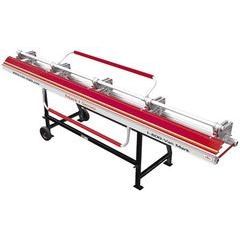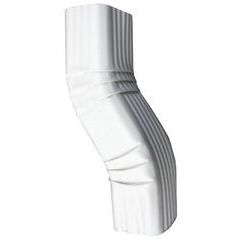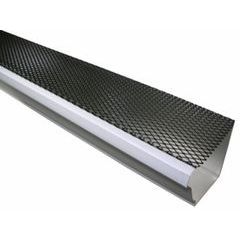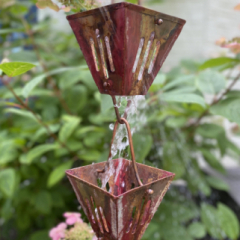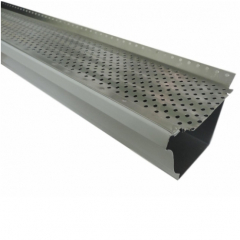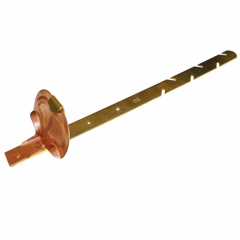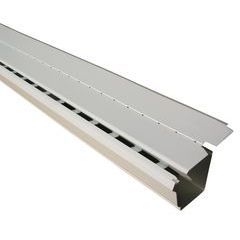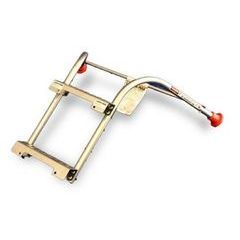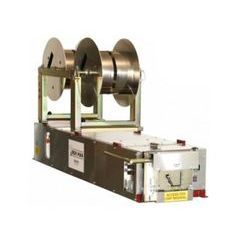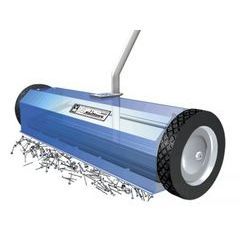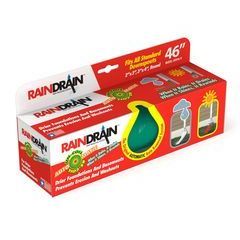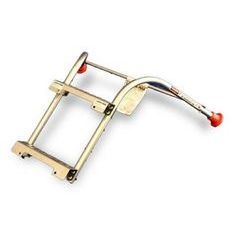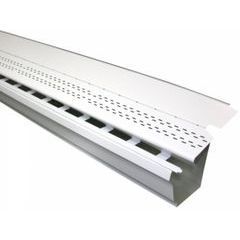 Contractors
Resources/Blog
FAQ's
Press
About Us
Contact
Contractors
Resources/Blog
FAQ's
Press
About Us
Contact




Sign up today to join the exclusive program to receive preferred, discounted pricing across the board.

A conductor head is installed on to a downspout towards the top of the eave. They are an architectural accent and can really add a touch of class to a gutter system.
Conductor heads are known by many other names, such as leader heads, collector heads, collector boxes, rainwater heads, rain collectors, and scupper boxes. Conductor heads can be used for functional purposes such as making cleaning easier and allowing multiple downspouts to connect into one location. But their primary purpose is all about aesthetics. For instance, copper leader heads are known for being on historic buildings because they have an elegant, classic look.
Many types and styles of conductor heads are available on the market today. They are made from various materials such as copper, zinc, steel, aluminum and come in various designs, colors, and sizes.
A conductor head is a great way to keep your gutters flowing freely. By using a conductor head, you can avoid clogs and keep your gutters clean.
If you have a flat roof, you must ensure that the excess water is adequately drained off the roof to prevent ponding. Ponding water can cause the roof membrane to deteriorate and eventually fail. A conductor head can help direct water flow from the building to the downspouts to ensure the rainwater is adequately drained.
By directing water away from the foundation with a conductor head, you can avoid potential foundation damage such as cracks, leaks, and even structural instability.
Water accumulating around your home's foundation can kill plants and grasses. Also, standing water attracts pests, such as mosquitoes, which can spread disease. Thus, a conductor head is great for keeping your landscaping healthy and free from pests.
In addition to its functional purpose of directing rainwater away from foundations and landscaping, a wall scupper also adds visual interest and helps to define the boundaries of a property.
Custom leader heads with an ornate design can add a touch of elegance to a home's exterior, further enhancing its curb appeal. When selecting a conductor head for your property, consider one that adds the perfect finishing touch and makes your gutters look more aesthetically pleasing.
Rainwater heads come in various materials, the most common ones being copper and zinc. Each material has benefits and drawbacks that should be considered when selecting a rainwater head for your property.
The installation of a conductor head is a quick and easy process that usually takes just a few minutes. If you hire a gutter contractor to install the conductor head, they will make sure it is properly secured for optimal performance.
A conductor head is not a requirement for every gutter system. They do provide additional water flow advantages while adding a unique and stylish architectural accent but many functioning gutter systems work just fine without a conductor head.
The cost of conductor heads varies depending on your chosen material and style. Copper and stainless-steel conductor heads are more expensive than galvanized steel or aluminum and are the most durable.
Design can drastically add to the costs of a leader head. There are many ornate and intricate designs available that take considerable amounts of labor to fabricate. Some have emblems attached while others are hand hammered for a rustic appearance.
Aluminum conductor heads are a mid-range option but are as durable as premium materials. When choosing conductor heads for your gutter system, it's essential to consider cost and balance it with durability and the style you want.
Conductor heads can cost as little as $150 for standard pre-finished aluminum boxes to over $1000 for ornate copper collectors.
Installation of conductor heads is fast and easy. You'll need a drill with a drill bit, nut driver and possibly a hammer depending on the application. If you can climb a ladder and handle a drill and a tape measure then installing leader heads should be a breeze.

